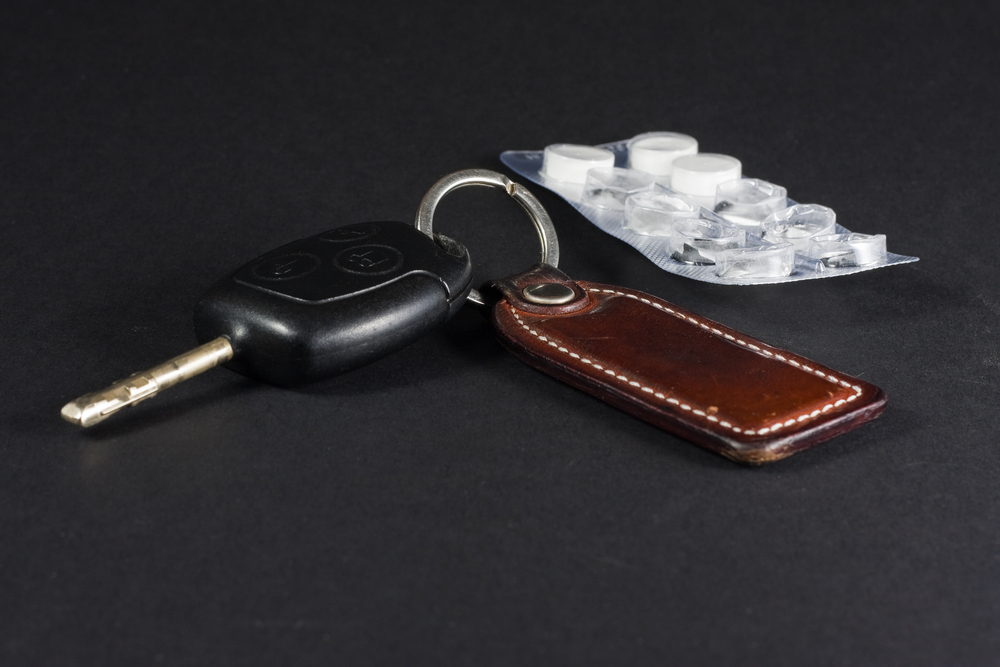
The number of drivers involved in fatal vehicle accidents who tested positive for drugs has increased 28 percent since 2008, reaching 44 percent, according to a Governors Highway Safety Association (GHSA) report.
Of the drivers who tested positive, 38 percent had marijuana in their system, 16 percent had opioids, and 4 percent had both.
“Alcohol-impaired driving and drug-impaired driving can no longer be treated as separate issues,” Ralph Blackman, president and CEO of Responsibility.org, said. “Drunk driving, which was involved in 28 percent of 2016 traffic fatalities, remains a critical issue; however, to curb impaired driving, we have to think about the combination of substances drivers are often putting into their systems at the same time.”
Many drivers believe marijuana or opioids do not impair their ability to drive, GHSA Executive Director Jonathan Adkins said. Some drivers believe drugs make them safer drivers, he said.
The GHSA recommends law enforcement follow the development and testing of new impairment assessment tools, use public awareness campaigns to change driver attitudes, support the prosecution process and educate patients and customers about the potential impairing effects of these drugs via partnerships with the health, pharmaceutical, and marijuana industries.
GHSA and Responsibility.org have provided training for police officers on how to better recognize and deter drugged drivers.